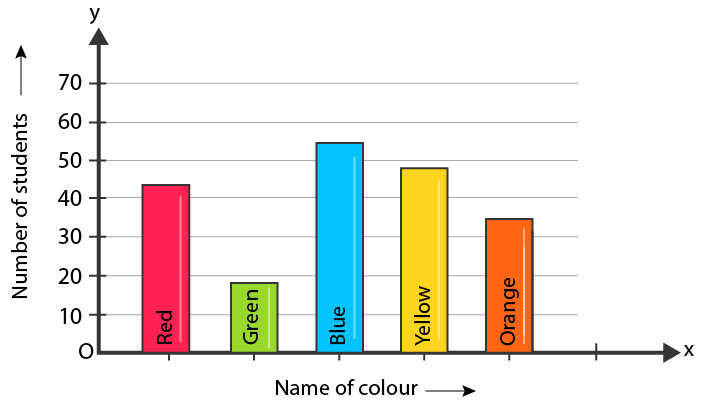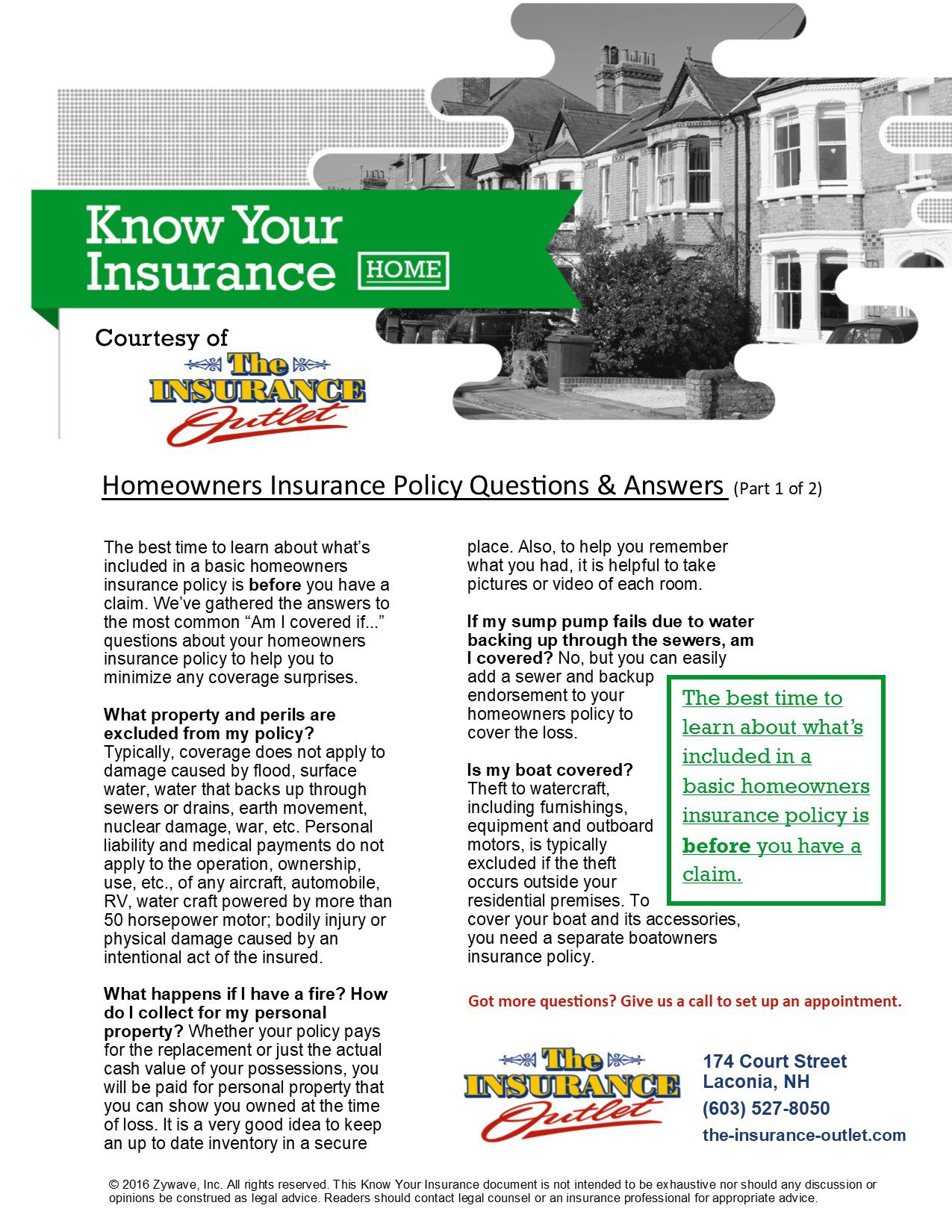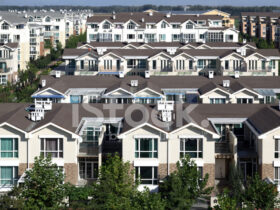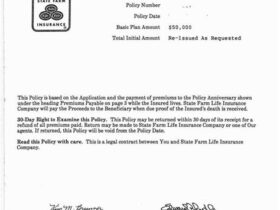Home insurance is a critical safeguard for homeowners, protecting their properties and belongings from unforeseen events like natural disasters, theft, and accidents. A key component of home insurance is the premium – the amount you pay to maintain your coverage. Understanding what influences your home insurance premium is essential for making informed decisions and securing the best possible protection at a reasonable cost. In the United States, home insurance rates are on the rise, making this knowledge even more crucial for homeowners nationwide.
What is a Home Insurance Premium?
A home insurance premium is the regular payment you make to an insurance company in exchange for coverage. This payment, typically made monthly or annually, ensures that your home and possessions are protected against covered perils as outlined in your policy. The premium is determined by a variety of factors, reflecting the insurer’s assessment of the risk associated with insuring your property. Essentially, it’s the price you pay for peace of mind, knowing that you’re financially protected should the unexpected occur.
Factors Influencing Home Insurance Premiums in the US

Several factors contribute to the calculation of your home insurance premium. These can be broadly categorized into property-related factors, location-related factors, coverage options, and personal factors.
Property Characteristics: The physical attributes of your home play a significant role in determining your premium.
- Home Value: The replacement cost of your home, which is the amount it would take to rebuild it if it were completely destroyed, is a primary factor. Higher-value homes generally have higher premiums.
- Home Age and Condition: Older homes may have outdated electrical or plumbing systems, increasing the risk of fire or water damage. Insurers may charge higher premiums to account for this increased risk. The condition of the home, including the roof, foundation, and overall maintenance, also influences the premium.
- Construction Materials: The materials used to build your home affect its vulnerability to damage. Homes constructed with fire-resistant materials may qualify for lower premiums, while those built with more susceptible materials may face higher costs.
Location-Related Factors: Where you live significantly impacts your home insurance premium.
Geographic Location: States and regions prone to natural disasters, such as hurricanes, wildfires, or earthquakes, typically have higher premiums. For example, Florida and Louisiana, which are frequently impacted by hurricanes, have some of the highest home insurance rates in the country.
- Crime Rates: Areas with higher crime rates are considered riskier, leading to increased premiums to cover potential losses from theft or vandalism.
- Proximity to Fire Department: Homes located closer to a fire station may benefit from lower premiums due to the reduced risk of extensive fire damage.
Coverage Options: The type and amount of coverage you choose directly affect your premium.
Coverage Amount: Higher coverage limits provide greater financial protection but also result in higher premiums. It’s crucial to strike a balance between adequate coverage and affordability.
- Deductible: The deductible is the amount you pay out of pocket before your insurance coverage kicks in. Choosing a higher deductible can lower your premium, but it also means you’ll have to pay more in the event of a claim.
- Additional Coverage: Opting for additional coverage, such as flood insurance or earthquake insurance, will increase your premium. However, these coverages may be essential depending on your location and risk exposure.
Personal Factors: Your personal history and choices can also influence your premium.
Claims History: A history of filing multiple insurance claims can lead to higher premiums, as insurers may view you as a higher-risk customer.
- Credit Score: In many states, insurers use credit scores as a factor in determining premiums. A lower credit score may result in a higher premium.
- Bundling Policies: Insuring multiple properties or combining your home and auto insurance with the same company can often lead to discounts and lower overall premiums.
The Rising Cost of Home Insurance in the United States

Home insurance rates in the United States are on the rise, presenting a significant challenge for homeowners. Several factors contribute to this trend:
- Escalating Natural Disasters: The increasing frequency and severity of natural disasters, driven in part by climate change, have led to higher claim payouts for insurers. This, in turn, drives up premiums for everyone. The number of climate disasters causing at least $1 billion in damages has surged in recent years.
- Insurers Pulling Out of High-Risk Areas: Due to the increasing costs associated with natural disasters, some insurers are choosing to withdraw from high-risk areas, such as Florida and California. This reduces competition and further increases premiums for homeowners in those regions. State Farm, for instance, has announced it will no longer offer coverage for tens of thousands of homes across California.
- Higher Costs for Home Repairs: Inflation and labor shortages have led to increased costs for home repairs, making it more expensive for insurers to cover claims. This ultimately translates to higher premiums for policyholders.
Strategies for Lowering Your Home Insurance Premium

While home insurance rates are increasing, there are several strategies you can employ to potentially lower your premium:
- Shop Around: Get quotes from multiple insurance companies to compare coverage options and prices. Don’t settle for the first quote you receive.
- Increase Your Deductible: Opting for a higher deductible can significantly lower your premium. However, make sure you can comfortably afford to pay the higher deductible in the event of a claim.
- Improve Home Security: Install security systems, smoke detectors, and other safety features to reduce the risk of theft, fire, and other hazards. This can often qualify you for discounts.
- Maintain Your Home: Regularly maintain your home to prevent problems that could lead to insurance claims. Repairing minor issues promptly can prevent them from escalating into major damage.
- Bundle Policies: Combine your home and auto insurance with the same company to take advantage of bundling discounts.
- Review Your Coverage Annually: Re-evaluate your coverage needs each year to ensure you’re not over-insured. As your home’s value changes or your personal circumstances evolve, you may need to adjust your coverage accordingly.
- Improve Your Credit Score: In states where it’s permitted, work to improve your credit score, as a higher score can lead to lower premiums.
- Look for Discounts: Ask your insurance agent about available discounts, such as discounts for being a senior citizen, a veteran, or a member of a particular organization.
The Role of Reinsurance
Reinsurance, which is insurance for insurance companies, plays a significant role in the home insurance market, particularly in states prone to natural disasters. When insurance companies face significant losses from events like hurricanes, they rely on reinsurance to help cover those costs. However, reinsurance rates have also been skyrocketing, further contributing to the increase in home insurance premiums. This is because reinsurers are subject to the same factors impacting underlying coverages, such as the increased number and severity of natural disasters, inflationary pressures, and labor and material shortages.
Conclusion
Understanding the factors that influence your home insurance premium is crucial for making informed decisions and securing the best possible coverage at an affordable price. As home insurance rates continue to rise in the United States, it’s more important than ever to shop around, explore different coverage options, and take steps to reduce your risk profile. By proactively managing your home insurance, you can protect your valuable assets and ensure financial security in the face of unexpected events.






Leave a Reply